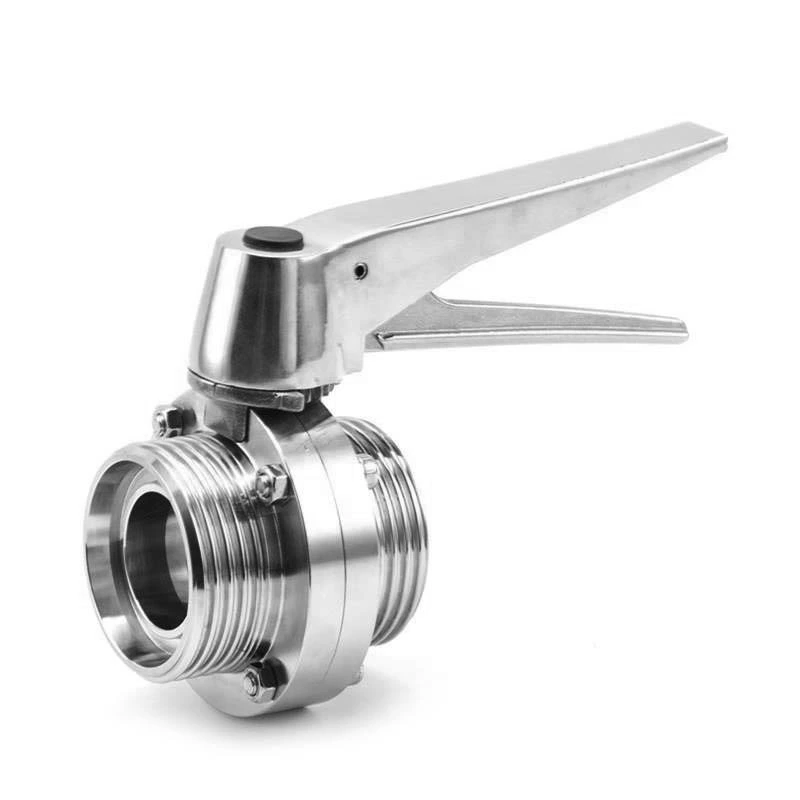Things That Customers Often Don't Pay Attention To When Using Stainless Steel Pneumatic Butterfly Valves
If customers do not cherish products such as Sanitary Butterfly Valve, it often affects its life. We must always remember the precautions for the product:
The stainless steel pneumatic butterfly valve with metal seal generally has a longer life than the elastic seal valve, but it is difficult to achieve perfect sealing. It is a valve that uses a circular butterfly plate as the opening and closing part and rotates with the valve stem to open, close and adjust the fluid channel. It is generally widely used in general industries such as petroleum, gas, chemical industry, and water treatment. The following briefly introduces the installation precautions of stainless steel pneumatic butterfly valves:
1. First confirm whether there are foreign objects in the clean pipeline. If there are foreign objects, it may damage the sealing surface of the valve and even hinder the operation of the valve core, ball or butterfly plate, making the valve unable to close normally. Before installing the stainless steel pneumatic butterfly valve, we need to clean all the pipelines. Confirm that there are no foreign objects in the pipeline. In addition, the pipeline flange must be checked to ensure that the surface of the gasket is smooth. If the valve has a threaded connection end solenoid valve, apply a high-grade pipeline sealant to the male thread of the pipeline. Do not apply sealant on the female thread, because the residual sealant on the female thread will be squeezed into the valve body. Excess sealant can cause clogging of the valve core or accumulation of foreign matter, which can cause the valve to fail to work properly.
2. Check the regulating valve of the stainless steel pneumatic butterfly valve. Do not install the damaged valve with the ball valve. Before installation, check and remove all shipping blocks, protective plugs or gasket surface covers, and check the inside of the valve body to ensure that there is no foreign matter.
3. Ensure that there is enough space above and below the stainless steel pneumatic butterfly valve for inspection and maintenance. For flanged valve bodies, ensure that the flange faces are accurately aligned to allow the gasket surface to contact evenly and prevent leakage.
4. Most control stainless steel pneumatic butterfly valves can be installed in any position, but the usual method is to place the actuator vertically and on top of the valve. If the actuator must be installed horizontally, consider adding an additional vertical support to the actuator. Make sure that the valve body is installed in such a way that the fluid flow direction is consistent with the direction indicated by the flow arrow or instruction manual.
